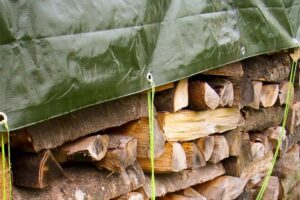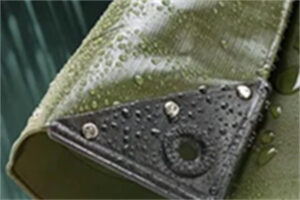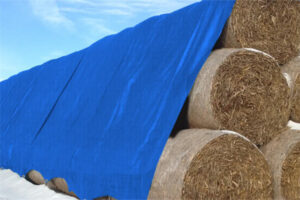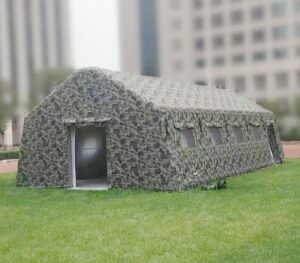Professional Agricultural Tarpaulin Solutions
In agriculture, tarpaulins are used for shading crops, windproofing, and hail protection, helping safeguard crop growth.
- Durable: Made of high-strength polyethylene material, tear-resistant and long-lasting.
- Windproof: Reinforced edges designed to withstand strong winds.
- Waterproof: 100% coating keeps hay and equipment dry.
Our agricultural tarpaulin reduces heat damage with 95% UV protection, extending crop growth cycles; its waterproof design keeps hay dry and fresh for up to 6 months; and its anti-corrosion coating extends the lifespan of farm equipment by 2–3 years. It provides all-weather protection for shading crops, covering feed, and safeguarding equipment, ensuring efficient and worry-free farmland management.
The ideal solution to protect your farmland
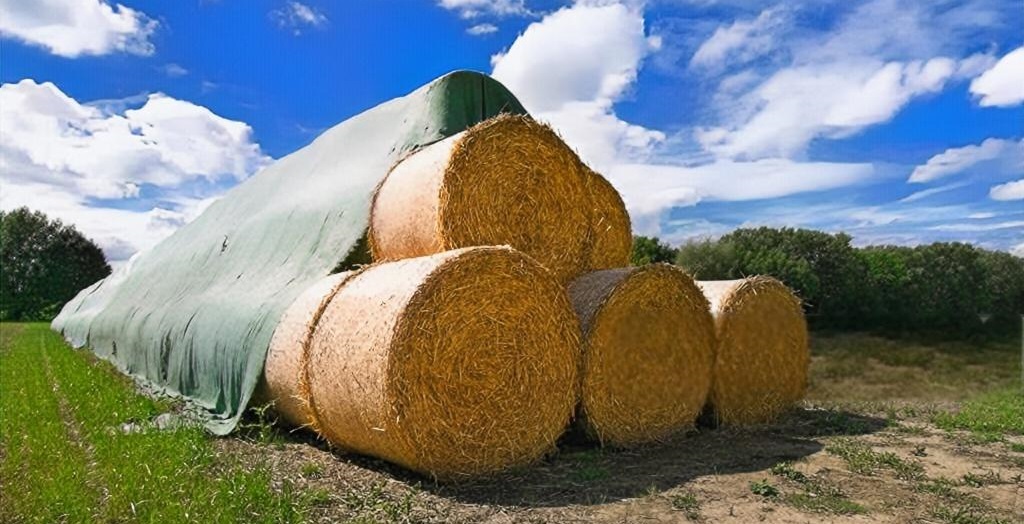
Key Concerns
Crop damage: Hail and strong ultraviolet rays lead to reduced yields and serious economic losses.
Hay deterioration: Exposed to rain and moisture, hay becomes moldy and the quality of livestock feed decreases.
Weather damage to farm machinery and equipment: Open-air storage causes rust or aging of parts, resulting in high repair costs.
Solutions
Shade crops: UV protection rate of up to 95%, reducing high temperature damage and extending the crop growth cycle.
Cover hay and fodder: Waterproof design prevents water penetration and maintains freshness for more than 6 months.
Protect equipment: Anti-corrosion coating that resists rain and sunlight, extending the lifespan of farm machinery by 2–3 years.
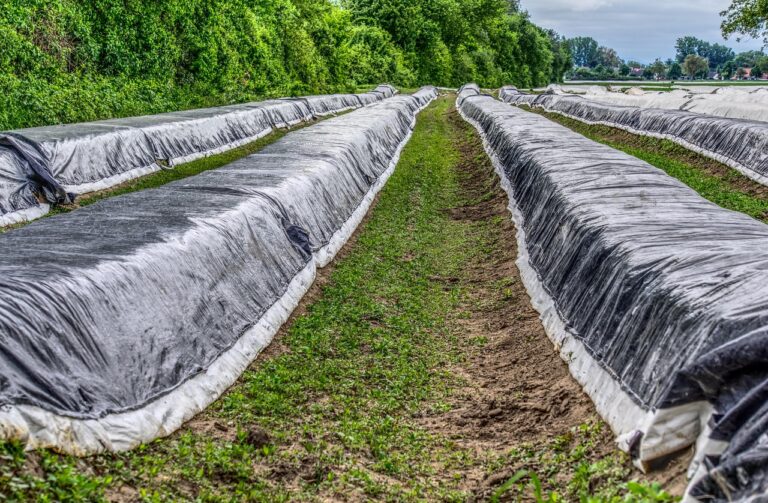
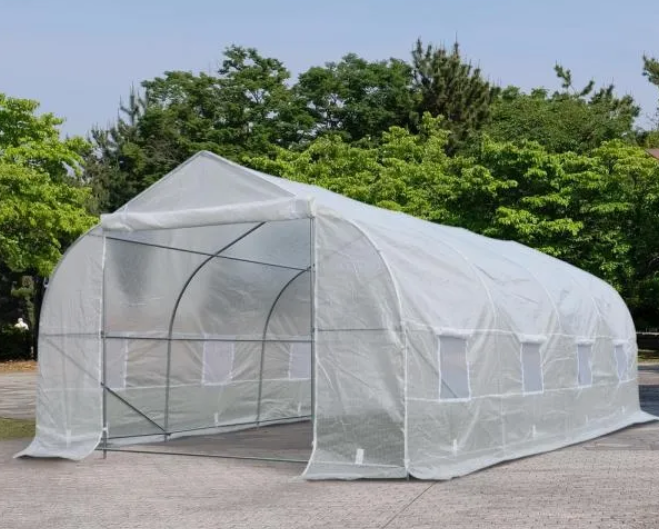
Product Features
- Durable material: 3-layer composite polyethylene (PE) material with a tensile strength of 200N, suitable for long-term outdoor use.
- Waterproof and UV-resistant: PU coating provides waterproofing and UV protection at UPF 50+, effectively blocking harmful light.
- Easy to install: Equipped with metal grommets and ropes, allowing 1–2 people to install it quickly, saving labor.
- Breathability: Microporous design prevents moisture accumulation and reduces the risk of mold and mildew formation.
- Environmentally friendly materials: Made of recyclable polyethylene, compliant with green agricultural standards.
Application scenarios
- Shade Crops: In vegetable greenhouses or orchards, applying our agricultural tarpaulin provides consistent shade during peak sunlight hours, effectively reducing sunburn and protecting crops. Case: A fruit farmer in Oregon’s Willamette Valley increased apple yield by 15% after using the tarpaulin over a 2-acre orchard, safeguarding trees from intense summer heat over three consecutive seasons.
- Covering Hay and Fodder: In large outdoor stacking areas, applying our hay tarpaulin secures hay bales, silage, and straw with a robust design that prevents moisture infiltration. Case: A ranch in Texas’ Hill Country utilized the tarpaulin to protect 500 tons of hay in an open field, maintaining stable quality and nutritional value throughout a wet winter.
- Protect Equipment: In open farmyards, applying our equipment tarpaulin shields tractors, harvesters, and wood piles from weather exposure, offering comprehensive protection. Case: A farm in Illinois’ Midwest region reduced equipment rust by 50% by using the tarpaulin to cover a fleet of tractors and a 10-cubic-meter wood pile during a rainy spring, extending machinery lifespan by over a year.
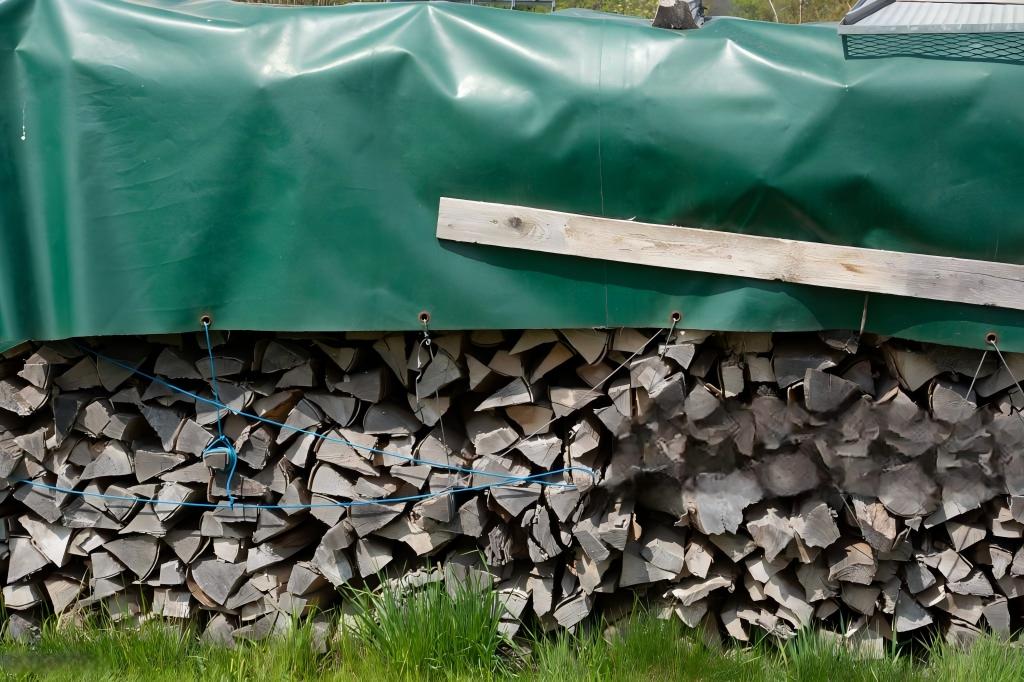
Precautions
- Avoid installation in strong winds to prevent the tarpaulin from tearing.
- Check the eyelets and ropes regularly to ensure that they are not loose or worn.
- Keep away from fire to prevent safety hazards caused by high temperatures.
- Use a soft brush and clean water when cleaning, and avoid using corrosive detergents.
Related questions
- Q1: How much wind can the tarpaulin withstand?
- A: It can withstand strong winds up to level 8–10 on the Beaufort scale, and it is recommended to reinforce it before extreme wind conditions.
- Q2: What crops are suitable for covering?
- A: Suitable for vegetables, fruit trees, and hay. Air permeability should be selected according to the specific requirements of the crop.
- Q3: How long does it take to install?
- A: 2–3 people can complete the installation in 20–30 minutes, depending on the area.

